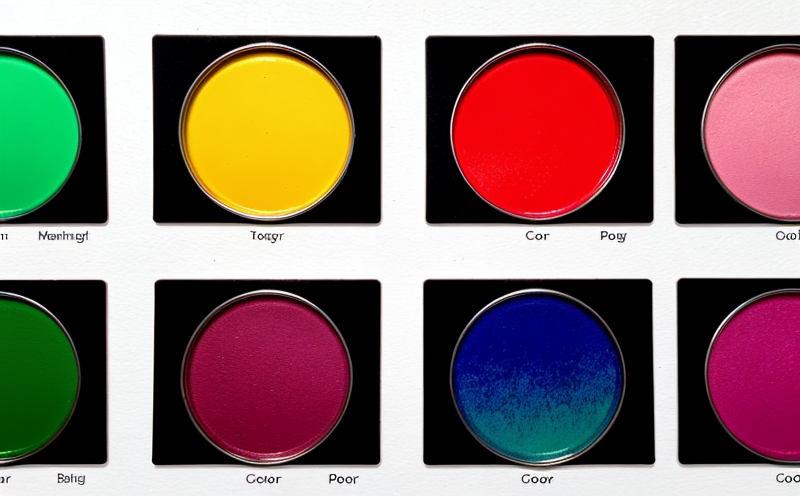EN 12464-1 Color and Spectrum Testing of Indoor Lighting Systems
The European Standard EN 12464-1 is a crucial document that sets out detailed requirements for color and spectrum testing of indoor lighting systems. This standard ensures that the lighting products meet certain quality parameters, which are essential for maintaining consistent performance and safety in residential and commercial settings.
Compliance with this standard is not just about meeting legal requirements but also ensuring consumer satisfaction. The test involves determining the correlated color temperature (CCT), color rendering index (CRI), and spectral power distribution of lighting systems. These parameters are critical for evaluating how a light source appears under various conditions, which directly impacts user experience.
When performing these tests, it is important to understand that different environments require different types of light sources. For instance, offices might benefit more from daylight-like white lights with high CCT and CRI values, while restaurants may prefer warmer tones for creating a cozy atmosphere. This standard helps manufacturers tailor their products to specific applications, ensuring they meet both functional needs and aesthetic preferences.
From a technical standpoint, the process begins by selecting appropriate samples of lighting systems according to predefined criteria set forth in EN 12464-1. Specimen preparation involves careful selection based on intended use and expected operating conditions. Once prepared, the specimens are subjected to rigorous testing using specialized equipment such as integrating spheres and photometers.
The results from these tests provide valuable insights into the performance of the lighting systems across multiple dimensions. They help manufacturers identify areas where improvements can be made, whether it’s enhancing color fidelity or improving energy efficiency through better spectral design. Additionally, compliance with this standard enhances brand reputation by demonstrating commitment to quality and safety.
In summary, EN 12464-1 plays a vital role in ensuring that indoor lighting systems perform reliably under various conditions while providing users with aesthetically pleasing experiences. By adhering to this standard, manufacturers can produce high-quality products that not only meet regulatory requirements but also exceed customer expectations.
- Ensures consistent performance and safety
- Evaluates color appearance across different environments
- Enhances brand reputation through rigorous testing protocols
- Supports customization of lighting systems to suit specific applications
Environmental and Sustainability Contributions
The implementation of EN 12464-1 contributes significantly to environmental sustainability efforts by promoting the use of energy-efficient lighting solutions. By accurately measuring color and spectrum characteristics, this standard helps identify which types of light sources are most suitable for particular environments, thereby reducing unnecessary consumption.
For example, in office spaces, specifying daylight-like white lights can reduce dependency on artificial lighting during daytime hours when natural sunlight is available. Similarly, warmer tones can be used effectively in residential settings to create more inviting atmospheres without compromising energy efficiency. Such targeted approaches not only help save resources but also contribute positively towards global goals related to reducing carbon footprints.
Moreover, compliance with EN 12464-1 fosters innovation within the lighting industry by encouraging continuous improvement based on scientifically validated criteria. This encourages manufacturers to explore new technologies aimed at achieving better color rendering and spectral quality while maintaining or improving energy efficiency. As a result, consumers have access to increasingly sophisticated products that offer both comfort and sustainability benefits.
By adopting these practices, businesses can contribute meaningfully to environmental conservation initiatives without sacrificing operational effectiveness. The harmonization of technological advancements with ecological considerations ensures long-term viability for all stakeholders involved in the lighting sector.





